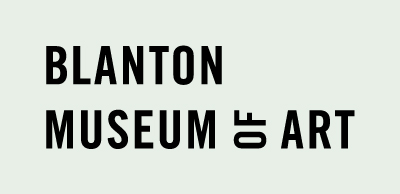The Suida-Manning Collection: Masters & Their Media
Friday, January 21, 2000 - Sunday, March 12, 2000
This exhibition presents the work of seven masters of the earlier European tradition: Raphael, Parmigianino, Castiglione, Boucher, Largillierre, Piazzetta, and Tiepolo. These names (with the possible exception of Largillierre) and even something of their significances need little introduction. Nor do the concepts behind a monographic presentation: that the essential determinant of style is an artist's personality, and that the most meaningful consideration of an individual work of art begins with its description in relation to that personality.
But other aspects of this exhibition are unusual, its relatively small size notwithstanding. First, monographic presentations, whether "blockbusters" or scholarly, rarely offer an artist's style as here, simultaneously through paintings, drawings, and prints. Second, such exhibitions often refer to the influence and later reception of the artist's style, but seldom display examples of it alongside, much less on an equal footing. By reintegrating various manifestations of each artist's style, and by suggesting the endless refractions of that style through time, this exhibition sketches especially penetrating, broad, and fresh portraits of familiar masters.
Most unusual, however, all the works in this exhibition - and probably double their number by the same masters that could not be included because of space – belong to this museum (or to closely affiliated private collectors). Only a few of the oldest and greatest museums of this country can claim comparable holdings or could accomplish a similar feat without long planning and extensive borrowing. This situation is the result, certainly, of the acquisition of the Suida-Manning Collection's paintings and drawings of the Renaissance and Baroque, but also of the careful and sustained development of the Museum's print collection, especially in the same areas, over the past decade. The size, quality, and interrelation of these collections have created extraordinary aesthetic and educational possibilities. This exhibition offers the first evidence.
But other aspects of this exhibition are unusual, its relatively small size notwithstanding. First, monographic presentations, whether "blockbusters" or scholarly, rarely offer an artist's style as here, simultaneously through paintings, drawings, and prints. Second, such exhibitions often refer to the influence and later reception of the artist's style, but seldom display examples of it alongside, much less on an equal footing. By reintegrating various manifestations of each artist's style, and by suggesting the endless refractions of that style through time, this exhibition sketches especially penetrating, broad, and fresh portraits of familiar masters.
Most unusual, however, all the works in this exhibition - and probably double their number by the same masters that could not be included because of space – belong to this museum (or to closely affiliated private collectors). Only a few of the oldest and greatest museums of this country can claim comparable holdings or could accomplish a similar feat without long planning and extensive borrowing. This situation is the result, certainly, of the acquisition of the Suida-Manning Collection's paintings and drawings of the Renaissance and Baroque, but also of the careful and sustained development of the Museum's print collection, especially in the same areas, over the past decade. The size, quality, and interrelation of these collections have created extraordinary aesthetic and educational possibilities. This exhibition offers the first evidence.

